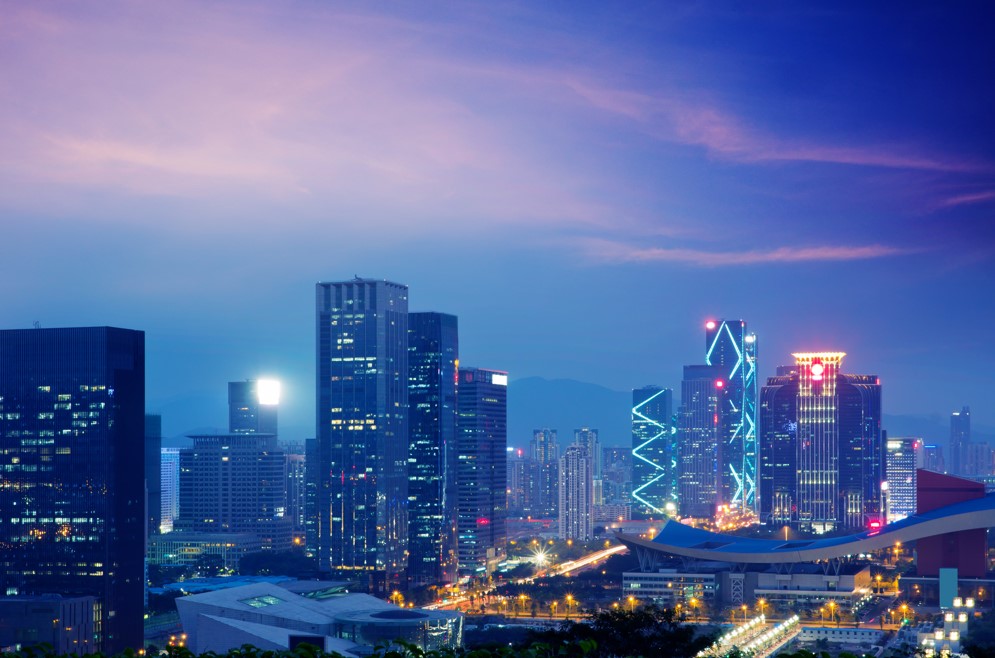“13 pending ecozones are now listed in the PEZA as of October 2022, and we anticipate that the current government will declare them as such.” Tereso O. Panga, the PEZA Officer in charge, was quoted in a release as adding that “one is already endorsed to the Office of President Ferdinand R. Marcos, Jr., while 12 are endorsed to the Department of Trade and Industry (DTI) (PHILEA)”
The Philippine Economic Zone Authority
A director general oversees the government agency known as PEZA. The PEZA’s goal is to aid in the national drive to hasten the creation of jobs, particularly in rural areas. PEZA encourages the creation of economic zones for foreign nationals and foreign investment in the Philippines. It is also a government organization in the Philippines tasked with assisting investors in export-oriented manufacturing and service facilities inside particular regions all over the nation designated by the Philippine President.
With the existing laws, what classifies as ecozones?
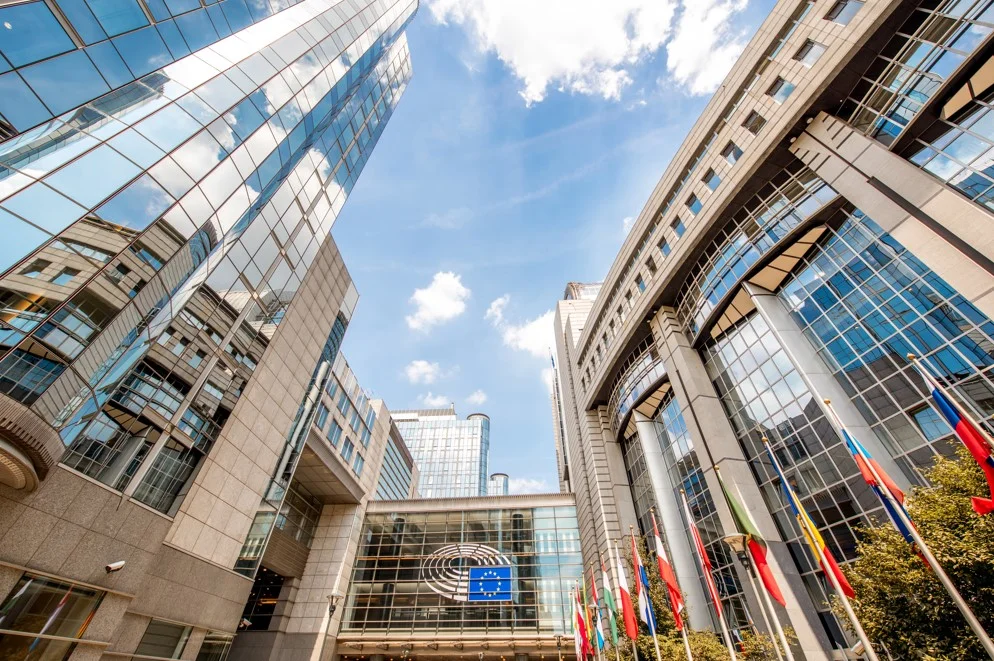
- Export Processing Zones (EPZs) – Special IEs called EPZs have locator businesses that are primarily focused on exports. Imports of capital goods, raw materials, and replacement parts are tax-and duty-free under EPZ incentives.
- Industrial Estates (IEs) – are lands that have been created with industries in mind. Roads, water and sewage systems, pre-fabricated factory structures, and residential dwellings are all part of the community’s basic infrastructure.
- Free Trade Zones – In close proximity to ports of entry, such as airports and seaports, are locations known as free trade zones. Without incurring import charges, products that have been imported may be unloaded, repackaged, sorted, and otherwise handles. However, these commodities will be subject to customs fees if they are transported into a non-free trade zone.
- Tourist and Recreational Centers – The establishments in tourist and recreational centers serve both domestic and foreign tourists to the ecozones. Hotels, resorts, flats, and sports venues are examples of such enterprises.
Economic Businesses
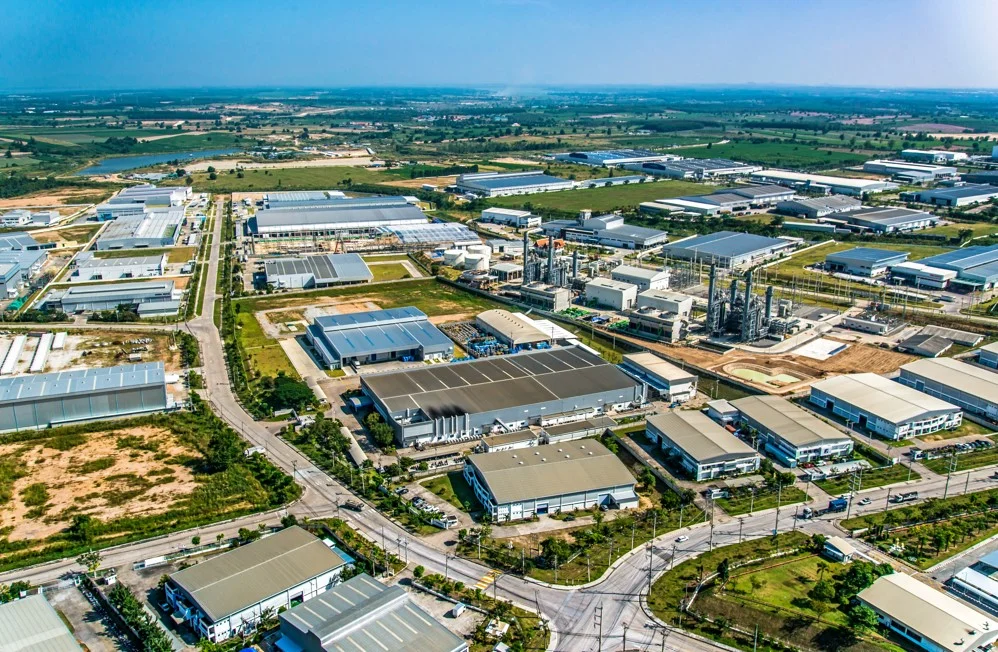
If a lesser percentage is permitted by PEZA, an export enterprise is one of the manufacturers, assembles, or processes products that are 100 destined for export. In the free trade zone of the Ecozone, the Free Trade Enterprise imports and sells items without paying taxes or duties. Customs and tariff duties will apply to goods brought in from outside the free trade area.
Service Enterprise is involved in any one or a mixture of the following activities: customs exchange, cargo services, housekeeping, safety, health coverage and or finance, consultancy, or any other such service permitted by PEZA.
If a company is a domestic market enterprise—a manufacturer, an integrator, or a producer of goods— and if it is held by the majority of Filipinos or foreigners, at least 50% of its output must be exported for a minimum of three years, and at least 70% otherwise.
With any of the following criteria, Pioneer Enterprise creates, processes, or creates commodities that are not commercially produced in the nation; employs a novel and untested design, formula, strategy, method, or process in the Philippines; creates unconventional fuels or creates machinery that uses unconventional energy sources.
Facilities Enterprise: tasked with creating and maintaining the infrastructure required for the development and operation of the Ecozone, including structures, roadways, docks, sewage and drainage systems, and other facilities deemed necessary by PEZA.
PEZA Special Economic Zones
Ecozones, often known as “Special Economic Zones,” are specific regions that are either highly developed or have the capability to be transformed into industrial, tourism, or agricultural areas leisure, business, banking, investing, and financial hubs whose limits are established by Proclamation from the President.
What is a special economic zone?
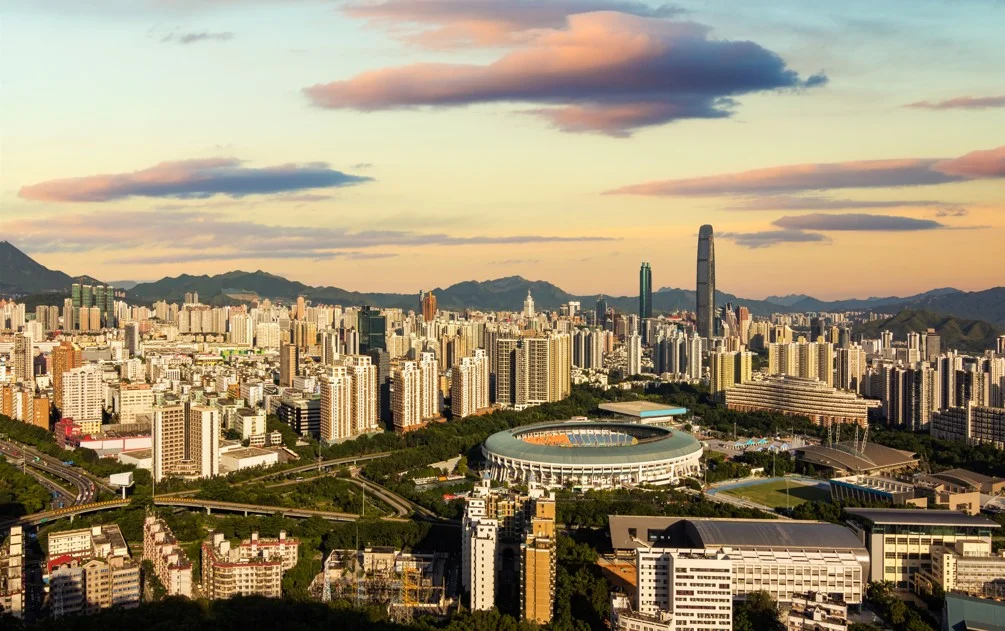
An area of a nation that is subject to distinct economic rules from other areas of the same nation is known as a special economic zone (SEZ). The economic rules in SEZs typically encourage and draw foreign direct investment (FDI). Any investment made into commercial interests in another country by a company or a person is referred to as foreign direct investment (FDI). The government has selected these areas for transformation into regions with a balance of commercial, industrial, and agricultural activities. Special economic zones (SEZs) have been established in numerous nations, but China has had the most success using SEZs to draw in foreign investment.
The macroeconomic and socioeconomic advantages for a country implementing an SEZ plan are debatable, despite the fact that there are advantages for enterprises, people, or entities working within an SEZ.
SEZs may also boost export levels for the nation that is establishing them, in addition to other nations that provide it with intermediate goods. However, there is a chance that nations would misuse the system and utilize it to maintain protectionist barriers (in the form of taxes and fees). Because of their regulatory restrictions, SEZs can also produce a lot of bureaucracy. As a result, the system may become less effective and money may be steered away from it.
Typically, SEZs are established to promote swift economic development in certain geographic areas. Utilizing tax breaks to draw in foreign capital and technical innovation, this economic expansion is made possible.
Special Economic and Free Port Zone in Subic
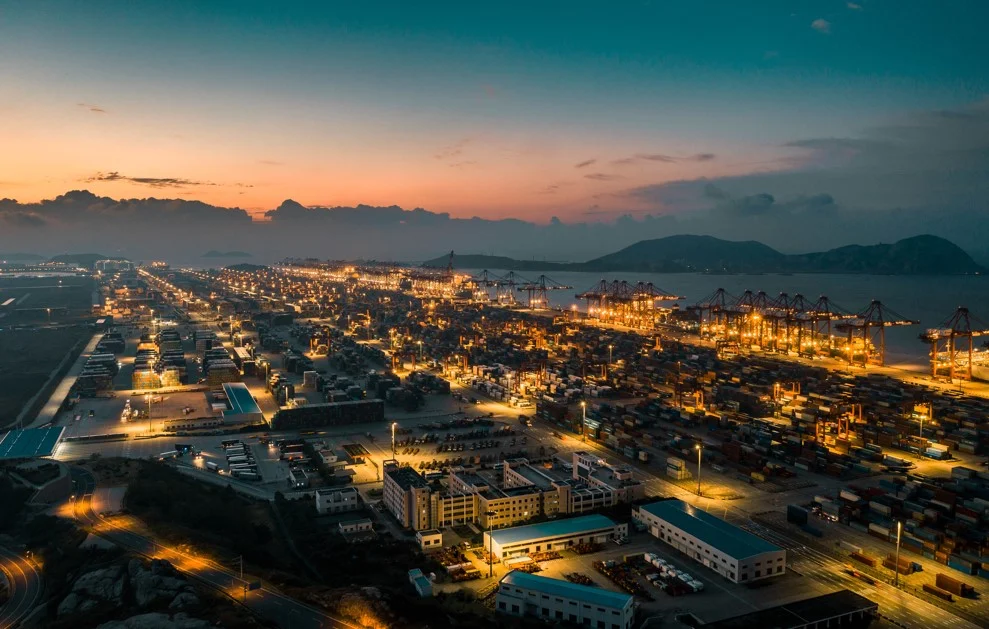
The zone was formed by the Philippine government with the intention of transforming the region into a self-sufficient industrial, commercial, financial, and investment hub in the country.
In addition to serving a variety of purposes, Subic Bay International Airport serves as the Asian hub for Federal Express. Scheduled flights between Subic, Manila, Iloilo, Bacolod, and Tacloban may now be operated by Air Philippines.
What Is an Exclusive Economic Zone?

A crucial component of the “bundle” of concessions and trade-offs that makes up the 1982 Convention on the Law of the Sea is the idea of the exclusive economic zone. Some now regard it to be part of international customary law because it has gained rapid and extensive acceptance in state practice.
The exclusive economic zone system is arguably the most intricate and nuanced in the Convention. The Convention and the concept’s acceptability as a whole benefited greatly from the accommodation of many difficulties. It’s common to refer to the 1982 Convention on the Law of the Sea as a whole. The phrase “package deal” refers to the decision made during the Third United Nations Conference on the Law of the Sea to approve the Convention as its whole.
The customary limit of territorial sea/waters, which has been established at approximately 12 nautical miles (22km) from the coast at the First UN Conference on the Law of the Sea, was expanded by the establishment of EEZs (1958).
Offshore drilling operations were growing in 1973, the year the Third UN Conference first met. In the Gulf of Mexico, the first successful offshore oil well built out of sight of land was done so in 1947. In the Gulf of Mexico, the first oil discovery was found in 1975. Offshore drilling activities became a subject of discussion due to the increased demand for oil and natural gas and the advancement of technology that would allow for their extraction from the ocean floor.
Cavite Economic Zone
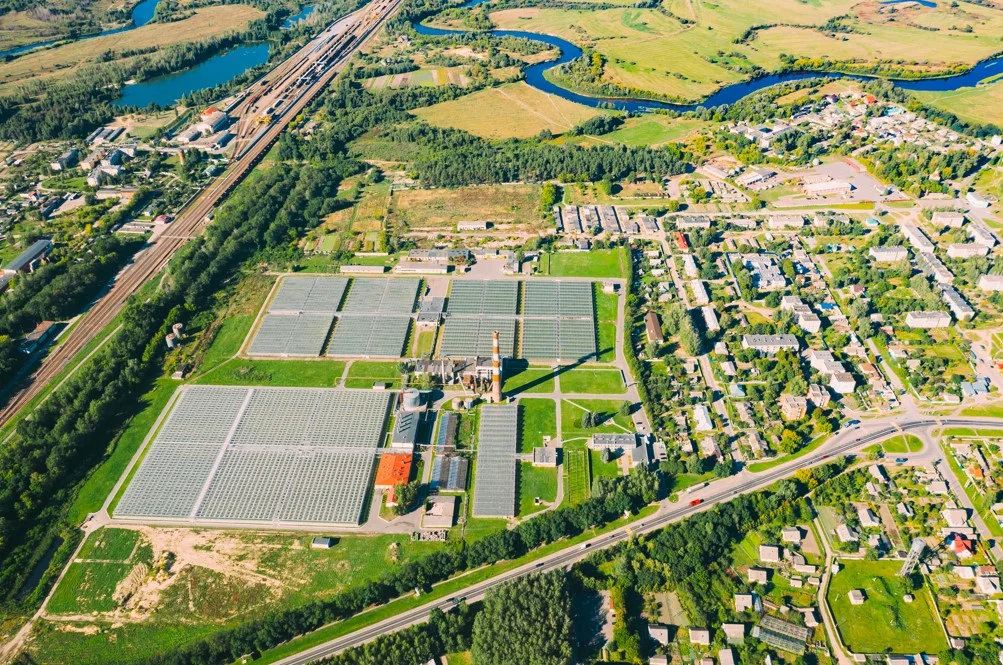
By virtue of Presidential Proclamation Nos. 1980 and 2017 issued on May 30 and September 19, 1980, correspondingly, the Cavite Export Processing Zone was established. When former Philippine President Fidel V. Ramos signed the Special Economic Zone Act of 1995 into law on February 24, 1995, it eventually changed into the Cavite Economic Zone.
There are certain impacts of economic zones on the environment. Prior to registration, business with offices in the Cavite Export Processing Zone is required to get an Environmental Compliance Certificate (ECC) and conduct routine monitoring. Additionally, CEZ monitors waste treatment, air quality, and water quality. The executing agency is evaluating two solutions to address the issue of solid waste treatment: 1) building a high-grade incinerator that satisfies the new Clean Air Act’s criteria or 2) asking the waste disposal facility that will be built in Cavite Province to accept solid waste.
In order to fulfill the standards, wastewater monitoring is done. Department of Natural Resources and the Environment (DENR). Each business must designate at least one Pollution Control Officer (PCO) who evaluates the water discharge standards and reports on their compliance.
Benefits and Opportunities for Investors Investing in Real Estate Properties in Those Economic Zones
Here are some said benefits for investors in terms of infrastructure development: Improvement of the current airport to accommodate both domestic and international aircraft Construction of the suspension bridge connecting Subic Bay/ Olongapo to the Peninsula Maintenance and construction of cable cars, numerous routes, including the East-West Expressway, a highway connecting the airport and the city, and a port terminal connecting Manila and Subic Bay for usage by passengers or by commercial ships and construction of executive housing, low-cost housing, and villas lose to recreational regions and industrial locations.
The region known as CALABARZON, which includes the provinces of Cavite, Laguna, Batangas, Rizal, and Quezon, is expanding significantly, according to the Manila Times. Architect Jun Palafox stated at the virtual 2022 CALABARZON Business Conference on April 28 that these investments are in accordance with the anticipated increase in the population of 16 to 37 million by 2050. Because of its location, Region IV-A became the center of the industrial world. It is ideally located south of Metro Manila and offers a sizable supply of industrial raw materials and components that have undergone some processing.
The strategic position of Cavite has begun to make it one of the hottest real estate centers in the nation. This is a result of the province being more urbanized, IT-BPO businesses being established, and an increase in the number of international corporations relocating there.
The transportation improvements and other contemporary developments that are now under construction are other factors contributing to Cavite’s real estate market’s expansion and the rise in the value of real estate properties: such as a lot for sale in Cavite. The LRT extension program, the Sangley International Airport expansion, and the Cavite-Laguna Expressway (CALAX) are some of the largest initiatives you can anticipate to help raise the value of the real estate in Cavite and its neighboring provinces as well.
Opportunity Zones

In exchange for investing in Opportunity Zones, Opportunity Fund provides a real estate investor with a number of immediate and long-term tax benefits. If you want to assess the investment potential for rental properties in an Opportunity Zone. Purchasing real estate generally has many advantages, including tax advantages. Contrarily, investing in real estate through the Opportunity Zone program increases these advantages; if you’re interested in learning more, check this article on “The Tax Benefits of Real Estate Investments.“
There are some investment risks that come with investing in opportunity zones. One could be, 1) troubled neighborhoods can have blighted neighborhoods with decaying buildings, uncared-for-land, and other undesirable properties, thus there are always hazards for investors there. 2) Unprepared buyers can later regret a purchase they made in an opportunity zone. For instance, further inquiry may show that the neighborhood lacks infrastructure, public resources, popular amenities, or public schools, or is not a desirable place to live or work. Each of these may have an effect on an owner’s bottom line.
Prior initiatives did not cover residential rental buildings, as we previously indicated, but the New Opportunity Zones program does. This is done in order to give more options to real estate investors who want to reinvest the proceeds from their initial real estate investment. Another advantage to investing in an Opportunity Zone is that you will have access to large and better assets through this program than you would otherwise be able to find on your own. An Opportunity Fund is also able to pursue not just one kind of real estate development project but a variety of them by pooling the money from thousands of real estate investors.
Opportunity zones can provide a low-cost method to purchase real estate properties, like a lot for sale in Cavite, whether you’re a house buyer or an investor. Even tax benefits are available to those who commit to the long term. However, take the time to conduct your research and understand what you’re getting into before investing in an opportunity zone. Some of these places are risky investments since they lack comfort and facilities.
Related Blog: The Benefits of Investing In Premium Real Estate in South Luzon


